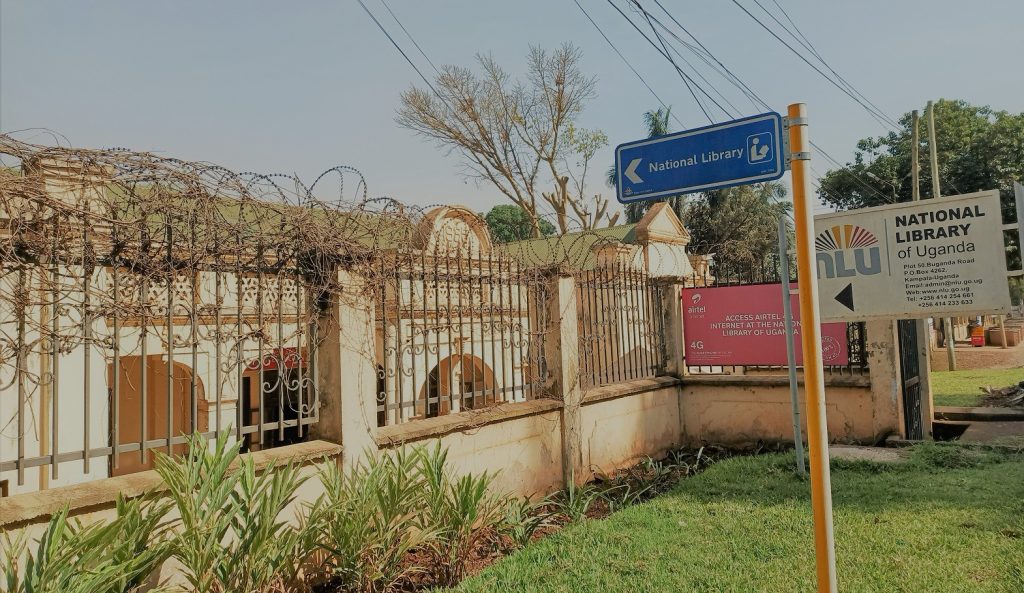- webmaster's Blog
- Log in or register to post comments

National Library of Uganda, Plot 50 Buganda Road, Kampala Uganda
The IFLA-UNESCO Public Library Manifesto 2022 describes a public library as a local center of information, making all kinds of knowledge and information readily available to its users. It is an essential component of knowledge societies, continuously adapting to new means of communication to fulfill their mandate of providing universal access to and enabling meaningful use of information for all people.
The origin of the Public Libraries stretches as far back as 1944, when the East African Governors commissioned Mrs. Elspeth Huxley to tour East Africa and recommend what the East African Governments should do to improve the provision of books and magazines for the African reading public. Her report, published in 1945, recommended setting up the East African Literature Bureau, which, among other responsibilities, would publish books in the vernacular languages of East Africa and provide a public lending-library service.
The main breakthrough in the establishment of public library services in Uganda, came with the dispatch from the Secretary of State for the Colonies offering capital aid to public library services. S.W Hockey was entrusted with the duty of working with library committees in East African Countries to appraise library services and to initiate further development. Hockey recommended the setting up of a National Library Service with headquarters in the capital city, in order to maintain and develop library services.
According to Hockey’s (1960) recommendations, the Public Libraries Act, of 1964 was enacted to provide for the establishment of a Public Libraries Board. The Board was appointed under the Ministry of Culture and Community Development, and was charged with the responsibility of establishing, equipping, managing, and maintaining Libraries in Uganda. The East African Literature Bureau handed over its library services to Public Libraries Board at the end of 1964. The Public Library Board was in charge of eleven branch libraries, book boxes, and mobile and postal services. In the late 1960s, public library service extended to 20 branches grouped under four zones, with library headquarters in Kampala, Fort Portal, Mbale, and Gulu. This was done with the aim of decentralizing library services.
The development of library services in Uganda was one of the projects under the second five-year development plan 1966/67-1970/1971. In this plan, the government allocated funds for the capital development of public libraries. The government requested Public Libraries Board to prepare estimates and sketch plans for the proposed library development. Plans were made for building, equipping, furnishing, and stocking the Uganda National Library.
Discover more:
Anna-Britta Wallenius (1971). Library Services in East Africa . The Scandinavian Institute of African Studies.
Jane Kawalya (2009) The National Library of Uganda: Its inception, challenges, and prospects, 1997-2007 https://www.researchgate.net/publication/228362288_The_National_Library_of_Uganda_its_inception_challenges_and_prospects_1997-2007
Lubega (1993) Development of Public Libraries in Uganda and India. Unpublished Dissertation.